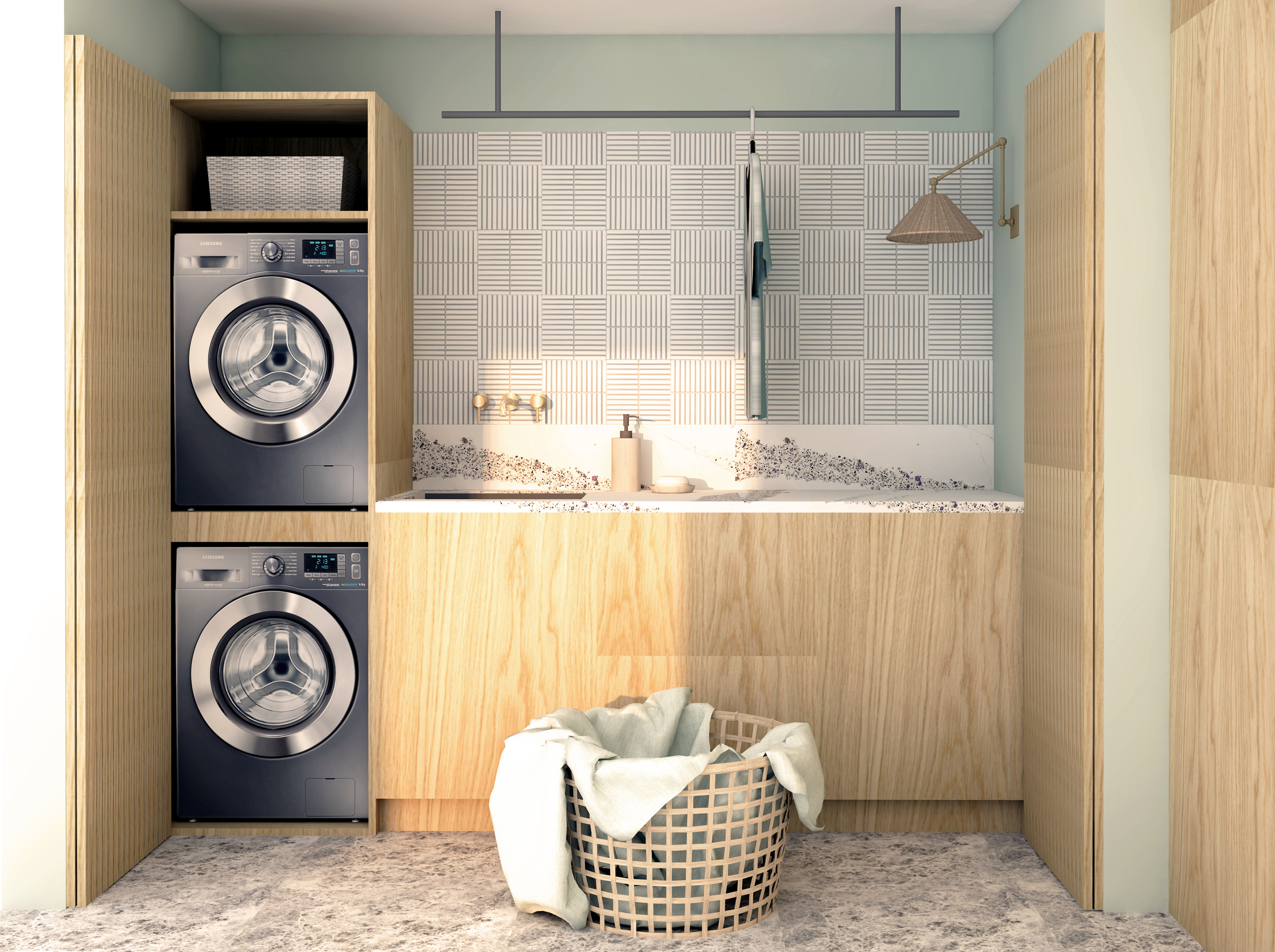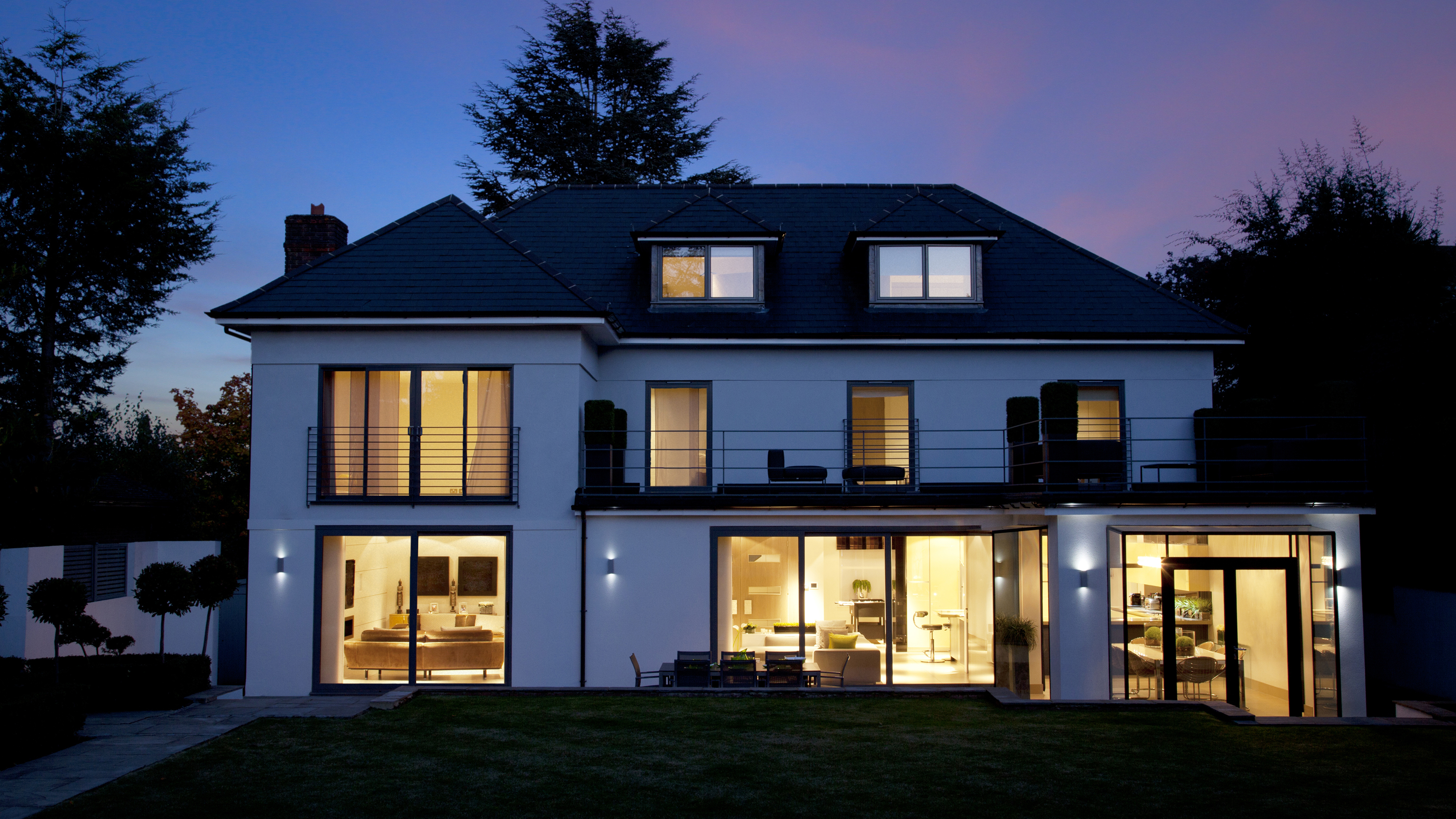Peak hours of electricity - what are they, and how to work around them for cheaper bills at home
Peak hours of electricity are your key to getting cheaper bills without having to change your home life, if done right


Peak hours of electricity is a simple term that, if used to your advantage, could save you money. The idea is to cut energy bills by using your home machines at certains times of day.
Sure you may have already got yourself a smart home thermostat to help reduce bills but there are plenty more energy drawing devices in your home that still push up that electricity charge.
Some energy providers offer a system where charges are lower at quieter usage times, usually overnight. But by changing to a provider that offers the option to get cheaper charges at night, you may find the daytime costs higher. So does it actually work out better to make the shift from a standard energy supplier option?
What are peak hours of electricity?
The term peak hours refers to what an energy supplier will make you pay for what you're using. Peak hours are usually in the day when demand for power is at its highest, and so costs go up. But at night, when fewer people are putting strain on the power grid, the price can drop – these are your off-peak hours of electricity.

But before you start putting your wash loads on at night only, you need to be sure that will make a difference. If you're on a standard provider plan you are likely paying the same amount for electricity, no matter when you use it.
If you could potentially make a saving, as you're able to run power hungry machines like your washer and dryer overnight, then you might want to look into switching provider. More on that below.
How do peak hours work?
The idea, for suppliers, is to spread out the demand on the grid so that there is less strain. This can mean less outages and damage as well as a more consistent demand.
The Livingetc newsletters are your inside source for what’s shaping interiors now - and what’s next. Discover trend forecasts, smart style ideas, and curated shopping inspiration that brings design to life. Subscribe today and stay ahead of the curve.
Crucially, if a supplier has a spike in demand and its generators are at peak output capacity, they will have to then pay other sources for their power. Not something these companies want if they can avoid that.

This also applies to companies trying to go green. In California providers use a lot of solar power but notice a spike in demand as people get home from work, just as it's getting dark and that power isn't available. They then have to rely on carbon intensive sources. So by using these peak and off peak hours they can incentivise people to use power when its coming from green sources.
All that can represent savings in maintenance and running costs for the supplier – all of which can be passed on to you. These are called Time-of-Use plans or TOU.
What are Time-of-Use plans?
The Time-of-Use plans are those which vary in charges based on the time of day you are using the power from the energy provider. Simple. Mostly. The reality of these TOU plans is that you can save money by being billed less during off-peak hours, but you will also be charged more during peak hours.
So if you don't stick to the timetable you could end up spending more – something people working from home during lockdown may have suffered for.

Generally the cheaper off-peak hours vary by season and location but in summer are between 8pm and 8am, on the whole. And in winter off-peak hours are usually between 10am and 5pm and 9pm and 6am – so when people are generally out of the home or sleeping.
Usually Saturdays and Sundays are all off-peak hours in any season and many companies also include the holidays for off-peak rates.
What companies offer TOU plans?
Some of the biggest names in power in the US do offer these TOU plans and these include Pacific Gas & Electric, Southern California Edison, Duke Energy, Florida Power & Light, and Georgia Power Peak.
The peak and off-peak hours vary for each so depending on your location and the hours you keep, it's worth looking into each to find the best possible option for you that will save you the most money.

Luke is a veteran journalist and editor of over two decades where he has written about everything but specialises is technology, science, health and fitness, smart homes and health. He contributes to Real Homes, T3, Tom's Guide and TechRadar, among many other titles. As a father of two, any spare time he gets is enjoyed surfing, reading, hiking, camping and generally getting out in nature.